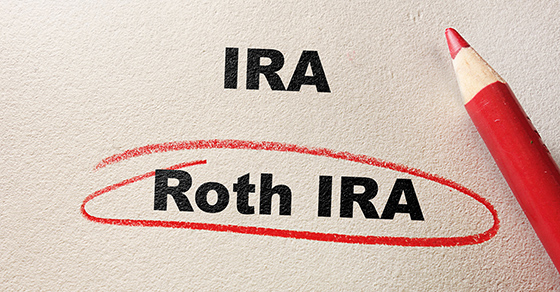A tried-and-true tax-saving strategy for investors is to sell assets at a loss to offset gains that have been realized during the year. So if you’ve cashed in some big gains this year, consider looking for unrealized losses in your portfolio and selling those investments before year end to offset your gains. This can reduce your 2017 tax liability.
But what if you expect an investment that would produce a loss if sold now to not only recover but thrive in the future? Or perhaps you simply want to minimize the impact on your asset allocation. You might think you can simply sell the investment at a loss and then immediately buy it back. Not so fast: You need to beware of the wash sale rule.
The rule up close
The wash sale rule prevents you from taking a loss on a security if you buy a substantially identical security (or an option to buy such a security) within 30 days before or after you sell the security that created the loss. You can recognize the loss only when you sell the replacement security.
Keep in mind that the rule applies even if you repurchase the security in a tax-advantaged retirement account, such as a traditional or Roth IRA.
Achieving your goals
Fortunately, there are ways to avoid the wash sale rule and still achieve your goals:
- Sell the security and immediately buy shares of a security of a different company in the same industry or shares in a mutual fund that holds securities much like the ones you sold.
- Sell the security and wait 31 days to repurchase the same security.
- Before selling the security, purchase additional shares of that security equal to the number you want to sell at a loss. Then wait 31 days to sell the original portion.
If you have a bond that would generate a loss if sold, you can do a bond swap, where you sell a bond, take a loss and then immediately buy another bond of similar quality and duration from a different issuer. Generally, the wash sale rule doesn’t apply because the bonds aren’t considered substantially identical. Thus, you can achieve a tax loss with virtually no change in economic position.
For more ideas on saving taxes on your investments, please contact us.










